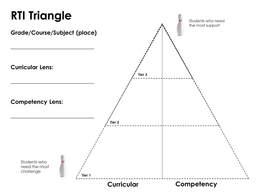 Shelley Moore Shelley Moore I know. You are so busy that your head is spinning. You have just handed in your final progress reports (maybe) and you have 3 field trips to go and I come knocking on your door or send you an email. Ugh. I am the LAST person you want to talk to. Who am I? Your school Learning Support teacher or Resource Teacher or whatever your school district chooses to call the person who supports the students in your school who need that extra help. I am usually part of your school based team (SBT) and we have been busy too. One of our jobs is deciding where the best fit is for those students for next year. .....and we picked you!!!!! You will have one or more students with IEPs in your classroom next year. This may be new to you or maybe you have done this many times but I just want to encourage you to start planning ahead for next year using a different approach. Maybe you have heard of Shelley Moore? If not, you can google her while you are sitting on the beach. I just want to suggest that over the summer you consider using her approach: planning for those students with different learning needs FIRST and all else will follow. Kind of a mind-altering concept! Here are some suggestions to do that planning. My first suggestion is to visit SETBC's online self-directed course called Curriculum for All. There are five modules that attempt to answer the following question, "How can we, as educators, strategically and collaboratively plan to provide an inclusive learning environment for all students, regardless of grade, content or cognitive ability?" The course was developed by Shelley and is full of great information and ideas for planning an inclusive learning environment. It will fill you in on the why's and the how's! My second suggestion would be to go directly to Shelley's blog "Blogsomemoore - Teaching and Emplowering ALL Students". She has handouts, videos and other resources you can go through that will give you an overview of her ideas. My third suggestion (if you already have an idea of how to do this and want to get right to work) would be to go to her Template page. Here you will find, free for your use, all the tools, templates and strategies to get going. For example, she has the Class Review template (Brownlie & King, 2000) which will help you get to know your students and the Unit Planning Pyramid to really be able to use our new BC Curriculum with your whole class. My last suggestion would be to talk to this year's teachers before you leave for the summer and perhaps even arrange for a visit for your new students to your classroom if at all possible. Yes, things may change over the summer but the more you know about each other ahead of time, the easier the September start will be. You could even put together a short picture story telling your new student(s) about what the first days in your classroom will be like. My role as a Learning Support/Resource Teacher is to help you every step of the way. Please ask me questions and invite me to come in. If I don't know an answer, I will find out. Together, we can make next year the best year ever for ALL your students. Have a wonderful summer, I know you have earned it! Written by PITA Executive member, Jan Palmer - District Behaviour Support and Intervention Teacher, New Westminster School District. Last Wednesday was International Day of Pink. In honour of that day, I included a lesson on diversity, both gender and otherwise, and the importance of feeling comfortable in our own skins. I try and include SOGI themes and diversity themes throughout the year, so my students are familiar with many of these ideas and the terminology already. Our conversation didn't go particularly indepth, but some of the artwork it created for our display board showed these lessons have really started to percolate into their understanding. 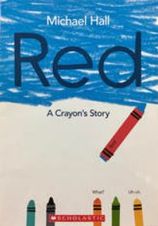 I used Michael Hall's lovely book Red as our discussion starter. For those not familiar with the book, it is about a crayon who is labelled "Red" at the factory, but who is actually blue. It is about how, no matter how hard they try, they can't successfully be red. It is about all the others who try and help them, and it isn't until someone asks them to be blue that they finds out how good they are at being blue, and how happy it makes them. It's a great story to use on multiple levels; it is a great illustration of a transgender individual, but it can also be used to illustrate other internal and external stress factors as well. The discussion in my very multicultural grade 4/5 class also included how sometimes different cultural and religious expectations can make us feel like we're not the person others would like us to be, either. Our discussion talked about the complexity of who we are on the inside, and how that doesn't always match our outside, and that part of being happy is to see and understand what is on our inside, even if it isn't always visible. I then provided students with a sheet of paper, on which were drawn three black-line crayons. Their task: to colour them in however they wanted. They could make a crayon that showed them, if they wanted, but that wasn't a criteria, as who you are on the inside is a very private thing that is shared only if you want to. They could do all three crayons with matching insides and outsides if they wanted (I had only one student who did this, from a fundamentalist background). The results were colourful and creative. 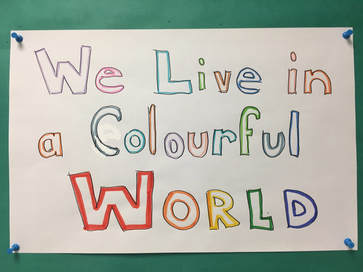 There were a lot of crayons where the insides matched the outsides. And there were a number of quite creative ones, which showed an understanding of our classroom conversations. It is a colourful world indeed; and our students are moving into it with a better understanding of how complex people are. Everyone is different, and that is okay.
Jennie Slack 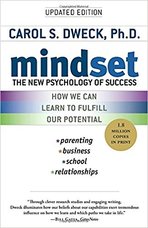 To keep students trying, comment on the process more than the product. This is the message of Carol Dweck’s book, Mindset. Learning is iterative (a bit at a time) – encourage trying, learning to stick your neck out, making your “best” mistake. Below are some possibilities for different stages of learning. The contrast is between the Fixed Mindset and the Growth Mindset. In the fixed mindset, students believe their intelligence is fixed; in the growth mindset, they believe they can influence their intelligence. In the fixed mindset, effort is seen as negative because the point is for achievement to look effortless; in the growth mindset, students see effort as positive. “Look how hard I am working.” With a fixed mindset, students get frustrated and quit because they don’t understand something immediately; with a growth mindset, they are resilient and keep going. What to say if something was easy: • Do not praise speed (or intelligence). Instead say: • That was too easy for you. I think you need something more challenging. I don't want to waste your time. • You deserve a challenge. • I’m glad you have the material down pat. Now let’s have fun with a challenge. What to say if you want the student to try harder: • Do not say, “This should be easy. Try harder.” Instead say: • I’m proud of you for not giving up. • School can be difficult. That shows you are learning. • Look at how much progress you have actually made. • If it’s easy, you are not learning. • Tell the student to say, “I don’t know it – YET!” What to say if a student is still struggling: • Do not say, “That’s OK. Math (or whatever) is not your thing. Your strengths lie elsewhere.” Instead say: • Other people may have had invisible experiences you haven’t had that makes it look like they learn it faster. Remember, the duck looks like it is gliding on the water, but under the water his legs are paddling like crazy.. Maybe you played Minecraft and they played Math Blaster – it’s practice or experience they have had that you can’t see. • Let’s break it down into smaller problems. • Let’s try a different strategy. • No babies can walk at birth. They all learn to walk at different times, but they all walk. Hundreds of millions of neurons is not enough – trying, learning, working that brain – that’s what does it. While I love simple models, I mostly love the research behind the model – a study that demonstrates the truth of human behaviour that has been found. It makes me confident that what seems practical, and useful, really is so. This study showed the kind of effect we can have over the student mindset by just what we say.. It started with the classic three groups. Each of the groups had a fairly easy non-verbal puzzle to solve. Group 1 was told - “Good score.” Group 2 was told – “Good score. You must be smart.” Group 3 was told – “Good score. You obviously try hard.” So far, so good. The next puzzle was designed to be very challenging with no comments for the student upon completion – whether successful or not. For the third puzzle students were asked, “Would you like a puzzle like the first one, or a more challenging one like the second?” Group 1 - had a mixed response. Some chose the challenging puzzle, some the easier one. Group 2 – almost all chose the easier one. The object in these students’ mind was no longer solving the puzzle. It was now being perceived as smart. Group 3 – almost all chose the more challenging puzzle. The objective of these students was solving the challenging puzzle and being perceived as working hard. So now I’m off to work hard, without believing that achievement is all about intelligence, and that I have a fixed amount of it – without ever quitting. Have fun with your students! - Diana Cruchley Countries vs. Continents: A question from the New Teachers Conference By Melissa Salter (gr. 4-7/SD#41) The New Teachers Conference is a wonderful place for early career teachers to make connections and learn about what supports are available to them. While manning the myPITA table, I had many wonderful conversations and answered lots of questions about conferences, workshops, and supports. One student teacher asked a question that at the time, I was not able to answer, but now I think I have a few suggestions. This early career teacher said to me, "My students are confusing continents and countries, do you have any suggestions to help?" Her initial instinct was to give them maps to colour, but it just wasn’t working. This question speaks to the heart of many issues in Social Studies and Science. We are often trying to teach students about concepts that are large in space and/or time. We know as educators that hands-on learning and active engagement are vital for deep understanding, so how to we take abstract concepts and solidify them in the minds of children? This student teacher has stumbled onto a larger issue that has sat with me for about a week, and I think I have a few ideas to help now. As I am currently on maternity leave, I can honestly say that I have not tried all of these specific ideas in my class, but I have worked with all of the processes using different subject matter with success. Understand the Topic Yourself First and foremost, you as the teacher need to understand the concepts to the best of your ability. If you understand the key idea that differentiates a topic, it will allow you as a teacher to help students understand the idea. This might mean looking in a textbook, the dictionary, and at reputable online sources. Looking at several sources can help you understand the most important aspects, differences or similarities between concepts and identify what might be challenging for students. Identifying the challenges can help you as the educator identify what needs to be concrete or hands-on in your lesson. Example: Continents vs. Countries - Understanding the Topic Continent: one of the main landmasses of the globe, usually reckoned as seven in number (Europe, Asia, Africa, North America, South America, Australia, and Antarctica). -dictionary.com Continent: one of the six or seven great divisions of land on the globe -Merriam-Webster.com Country: a state or nation; the territories of a nation -dictionary.com Country: a political state or nation or its territory -Merriam-Webster.com What might be challenging for learners about this topic?
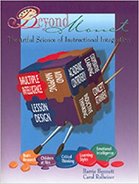 Concept Attainment- Beyond Monet Beyond Monet is a text resource I used in my early career that has many interesting points and good strategies for cooperative learning. The concept attainment lesson suggests giving both examples and non-examples in order to help students’ define/create understanding of a topic. A clear description of this idea can be found at: http://www.teachthought.com/critical-thinking/strategies/how-to-teach-with-the-concept-attainment-model/ Additionally, I highly recommend checking out the professional resources in your school library or finding a copy of Beyond Monet for clear descriptions of how/when to use many graphic organizers and/or cooperative learning strategies. Analogy- Hands-on please! With large concepts like countries and continents, analogy can be a powerful tool to create concrete understanding. If you can explore a kinesthetic link as well, this will create a powerful memory in the brains of learners. 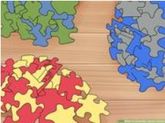 License: Creative Commons License: Creative Commons Example 1: Continents vs. Countries- Jigsaw Puzzles Visit your local primary class and nicely ask to borrow 5-7 jigsaw puzzles. Try to get puzzles with a different number of pieces and some that are different sizes (6-24). In groups, ask students to first put the puzzles together and give the puzzle a title. Next have them write down facts about the puzzle on a white board or chart paper. Have them focus on quantitative data like size or number of pieces. (Adaptation - Prepare a fact for students who will find this challenging and make sure they have the opportunity to share it with their group.) Create a chart on your white board or smart board with data from all groups. Ask the students to make comparisons based on the data, maybe even two column notes as a group. Introduce the idea that the entire puzzle is like the continent and the pieces are like the countries. Challenge the students to identify ways the pieces are like countries (example: each has a border) and also how they are different (example: borders can change). Create the same challenge for the continent level (example: some large continents have many countries, while others have only a few). You could follow this up with mapping exercises, or discussions on political instability. The possibilities are endless! 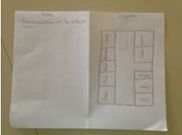 Example 2: Continents vs. Countries- School Diagrams Give each student a piece of blank paper (14 X 8.5 is my suggestion) and ask him or her to take out 2-3 different pencil crayons and a pen or pencil. Have the students fold the paper hamburger style and label the sides NOTES and DIAGRAM. Give students two minutes to sketch a bird’s eye view outline of your school on the diagram side with one pencil crayon (Outline=Continent). Then ask your students to use the second pencil crayon to draw the rooms within the school (Rooms=Countries). Again, encourage group discussion on how each room is different and has different functions, which may have analogies to different countries. This could even lead to a discussion about how countries within a continent can work together (examples: NAFTA, EU, school play) or against each other (examples: war, school competitions). The analogy can be extended as classrooms change every year you have migration, changing borders, or complete new regimes (a teacher moving schools!). This conversation could go quite deep depending on your grade, scaffolding, and background knowledge. Brainstorm other schools in the area as this could lead to discussion about how different continents have different divisions, concentrations of people, and/or philosophies. Use the diagram/notes columns to record a key, add ideas, and make comparisons. (Adaptation - before the lesson create your own diagram as a visual to those students who need it (see photo above). Prepare and photocopy two versions for students who need extra supports - one where the student can use two different colours to outline the school and classroom and another where the school outline is provided and they can draw in the classrooms. Notes can already be added and highlighted by the student.) Cross Curricular Links Linking ideas across the curriculum (1) makes our lives as teachers easier and (2) creates more strands of understanding for students. I find that there can be many links made between concepts in Math, Science, and Social Studies. Often in Social Studies, students are reading graphs and trying to interpret data. This is a wonderful time to reinforce ratios, percentage, and how data is represented. Language Arts can be found through small group discussion, simulations, and written response. You could focus on non-fiction writing through comparison or stick with graphic organizers and group discussion. Conclusions- Deeper Understanding For many topics in Social Studies and Science, the concepts are intangible or of a scale that is challenging for learners. It is our duty to find ways to bring conceptual understanding to students in an engaging way. I have used many cooperative learning strategies, as well as analogy, simulation, acting etc. to deeply explore ideas. Sometimes it works, other times it does not and I try something different the next time. The simple question from a student teacher at a conference made me think about concept based learning and I feel bad I could not answer her question fully at the time. My hope is that these ideas reach her, and if not her, someone else who needs them. I encourage you to take risks as a teacher and push yourself beyond what you have tried in the past when exploring the redesigned curriculum. I challenge you to have fun, engage with students, and watch the magic of connection. I'd love hear your comments back about what worked and what didn't work in your classroom. Technology Tools for Your Classroom by Donna Thomson Grade 5/6 Haldane Elementary in Chase, BC SD73 With the world of education every changing I thought I would highlight a few of the tools I have used and discovered over the last couple years. I am into learning about technology and the ways I can use of technology in a meaningful way into my classroom. In this blog, I am going to highlight a few different programs/sites that I have found very useful this year. You may have heard of them or they may be something new to you. I would love it if people would share some of the other great sites or apps they have used to create meaningful engagement of their students. There are hundreds of great sites, videos, programs and more out there and these are just a drop in the bucket. 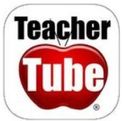 You Tube I am sure we have all heard of this site. It is full of great and not so great videos to help introduce numerous number of topics. Setting up and having your own account is simple and the easiest way to keep track of and find links that your students can relate. With the use of video recording and green screen assignments the ability to upload to you tube using private setting is a great way to share student work in an environment that is controlled. Taking things, a step further is to use Teacher Tube which is rich with wonderful resources and much easier to search. For more information read The Teacher's Guide to Using YouTube in the Classroom.  https://prodigygame.com/ My favorite subject to teach is math but it also the subject where I notice that the range of students is vastly different. Last year I started to experiment with Prodigy, This is a game based math program that has many wonderful teacher features. When the students first sign on they go through an assessment process which then tells you where they are deficient in skills. This allows you to set up an assignment base to help them move forward. You can also set up and assign different grade levels to the students. The joy of all this is when each student looks at the screen of another student they look the same. This alone allows each student to grow at their own pace but not feel singled out for being low. It also allows enrichment for those students that are ahead and need challenges. This is not a stand-alone program but a great supplement to help fill in gaps and to engage students. The best part is the main program and teacher aspects are free. I do have a couple students that have purchased the enhanced program so they could access more power for the game portion but it is not needed. Fractions on YouTube One of my favourite finds this year is the Fraction Song by a group of grade 5 students out of Washington. It was a great way to introduce my grade 5/6 students to fractions and it was a good introduction as well as it has come in handy as we work through the fractions unit. https://www.youtube.com/watch?v=RpGtKEsuP_I Once at this location you can easily find several other videos related to this topic so you can break down the steps of fraction s for your students. This videos can easily be added to assignments and notes in Google Classroom so that your students can access them from chrome books, computer labs, IPads and from home. 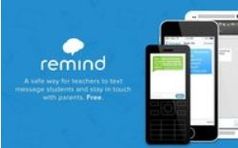 https://www.remind.com I was introduced to Remind last year. This is the best program that I have used for parent/guardian communication. This program sets up a classroom that parents sign onto or you can add them directly. You can send out class reminders, notices, test notices, assignment notices, and important events. You can send a direct question or comment to an individual parent. Parents can also contact you directly with this program without having your cell number even the messages come directly to your cell. You set the boundary hours to send and receive messages. If you have not tried the Remind program, I highly recommend you do. 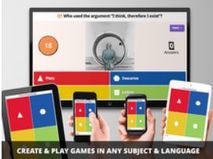 https://kahoot.it If you have not heard of Kahoot you need to go check it out. You can use it to review anything. Once you set up a teacher account it is easy to use. The program is very user friendly. To use Kahoot in your classroom students need to have access to the internet and a device to work with. I have used this using chrome books and in a computer lab. Once you set up your questions you invite the students to create a user name for this round of Kahoot and then have a little friendly competition. The program is set to have accuracy as well as time towards point accumulation. Always a fun time had by all. writing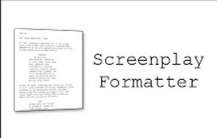 The Google classroom and going paperless is become more and more of a normal classroom culture. Google classroom has numerous apps to help students create rich and meaningful assignment. One that has been recommend to me and used by a fellow teacher in my school is Screenplay Formatter. In this add on you can write in exactly what is says a screenplay format. Students need to use the add on to create a setting as well as rich dialogue. A grade 4/5 student used this add on in the fall and was very excited to see the results. I am looking at it for the last term this year with my grade 5/6 and can’t wait to see how it goes. These are a few of my go-to's and treasures that I have found extremely valuable in my teaching. I would love to hear about your treasures and go toes with technology. Until next time ....
|
AuthorThis blog will feature Intermediate and Middle Years teachers who are passionate about their teaching and love to share! Archives
August 2021
Categories |

myPITA is a Provincial Specialist Association (PSA) of the BC Teachers' Federation (BCTF)
© 2023 Provincial Intermediate and Middle Years Teachers' Association
© 2023 Provincial Intermediate and Middle Years Teachers' Association

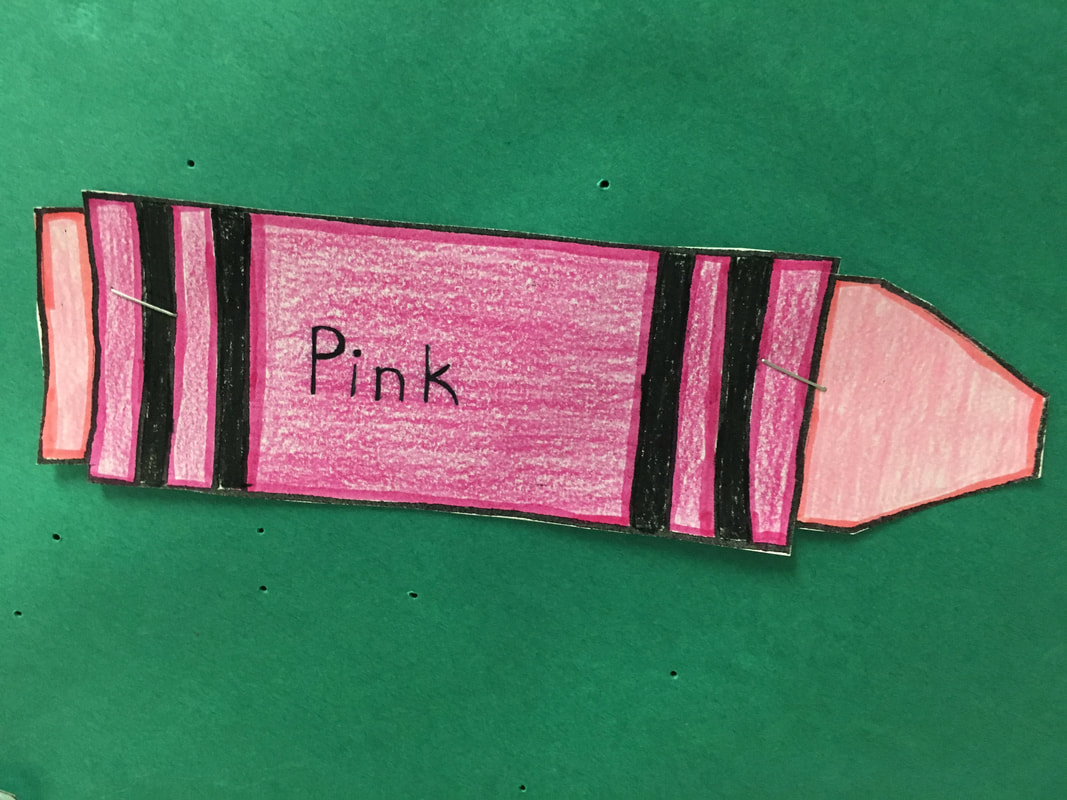
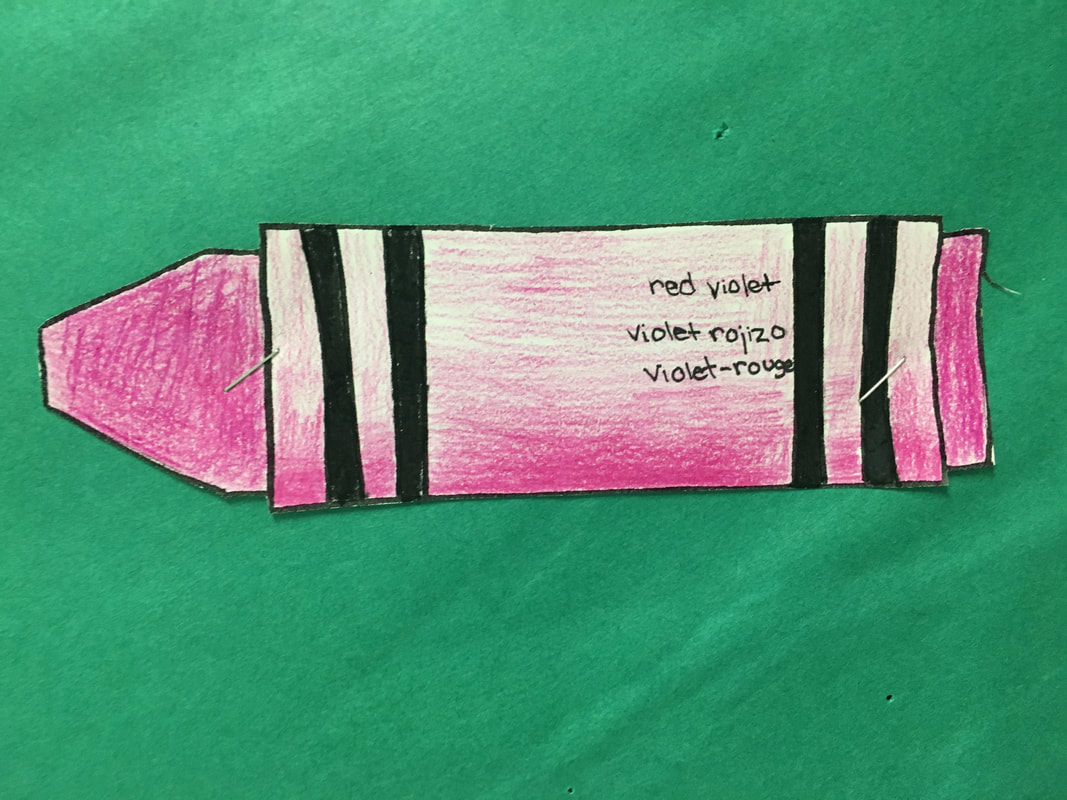
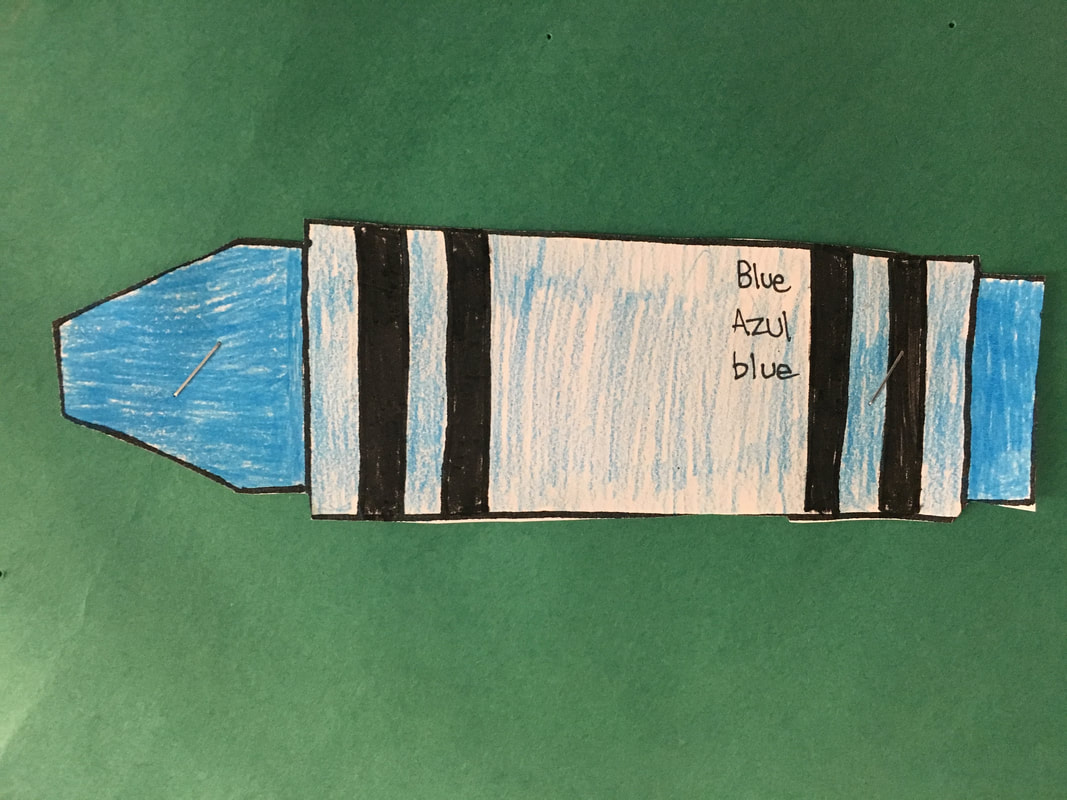
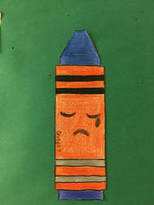

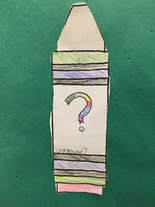
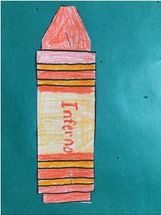
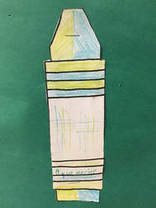
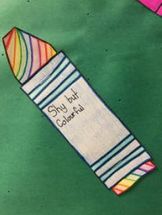

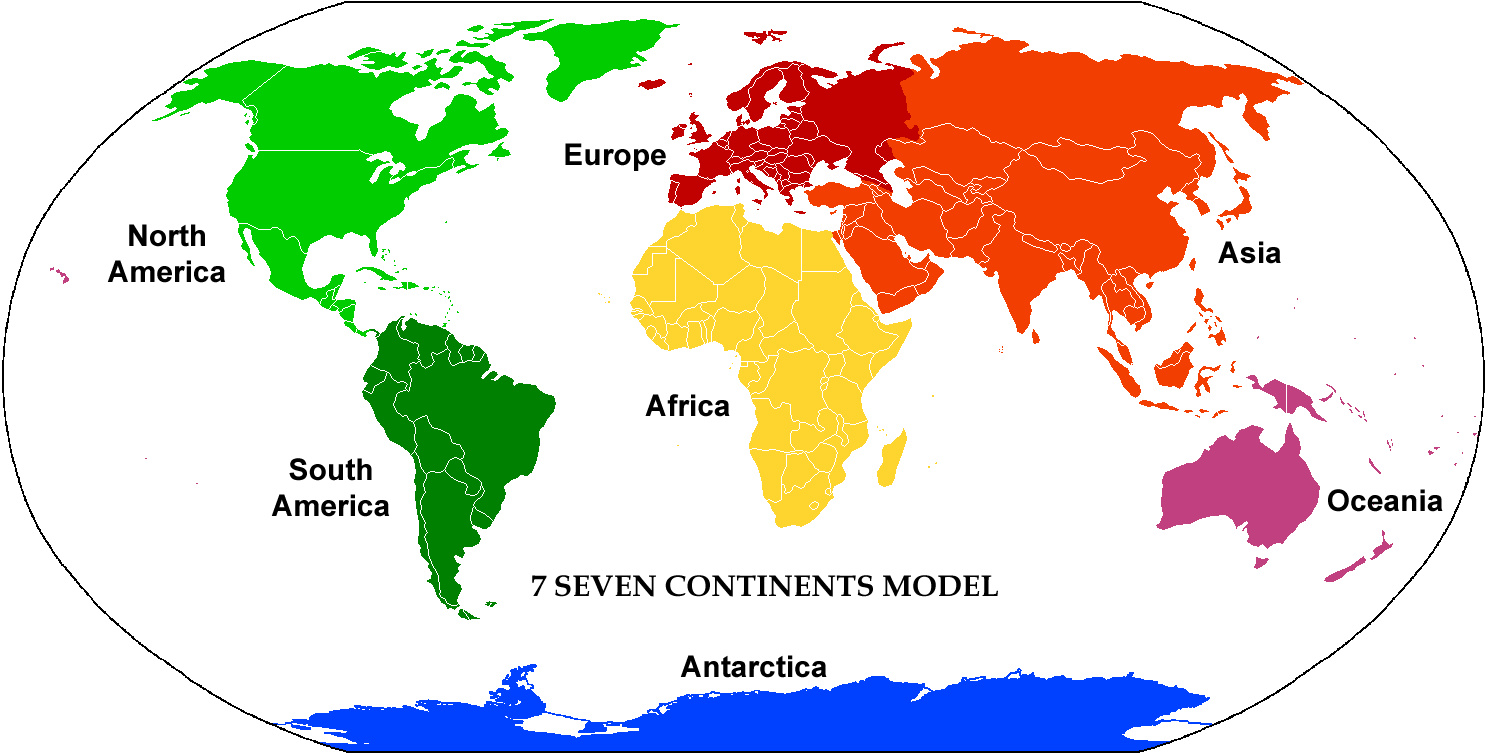
 RSS Feed
RSS Feed